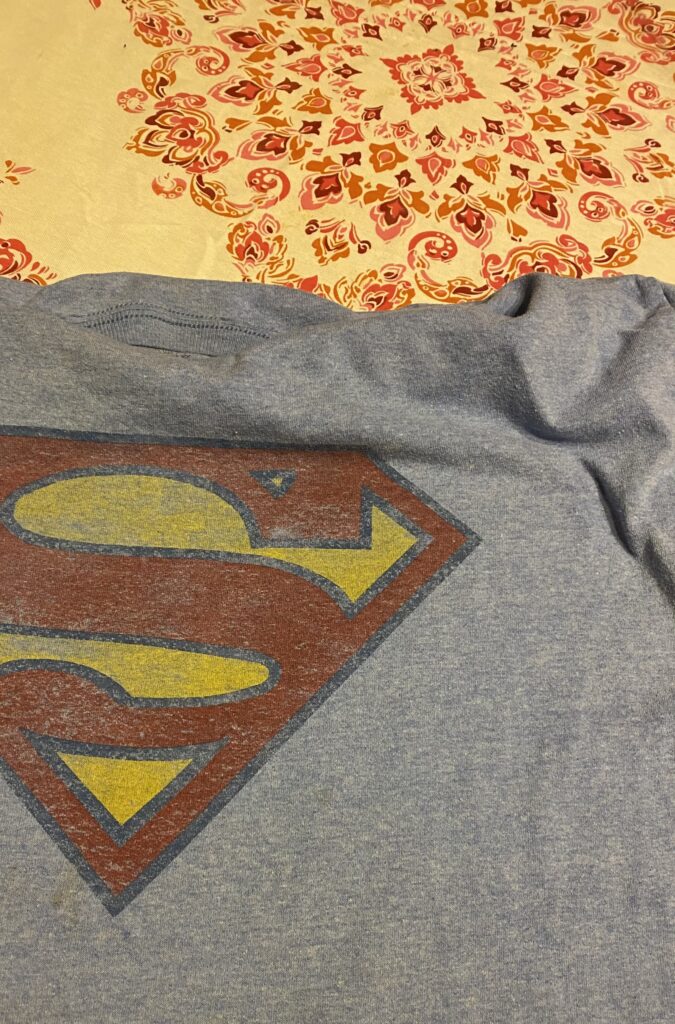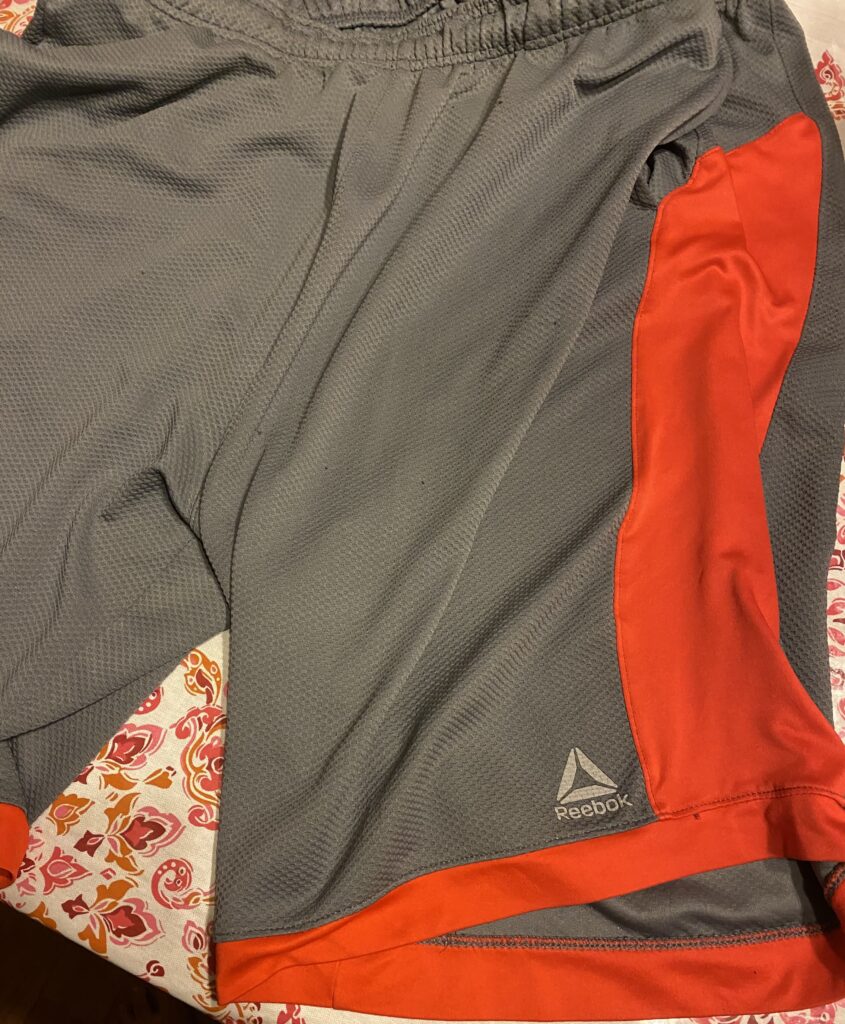Textiles, types of cloth/woven fabric made of natural or synthetic fibers, vary in color, pattern, and durability. While simpler textiles were common and more numerous, the more complex textiles were hand-woven and expensive, made using a compound, gauze, satin, or twill weave. Fancier textiles were often woven into silk. Textiles were so essential that they were even used as currency, their value depending on the type of fiber and weave used. Even taxes were sometimes collected in the form of textiles.
Looking at my closet, I decided to look at a pair of shorts and a shirt. The shorts are 100% cotton, and were made in Egypt. The shirt was 60% cotton and 40% polyester, and was made in Haiti. Both of these items were bought at Burlington. Textiles rely not only on the type of fibers used to produce them but, also, the type of weave style used to assemble them. They vary from region to region, reflecting the native techniques and materials used, and reveal how much time and effort was put into creating them.

Jose Maldonado (original photo)

Jose Maldonado (original photo)
Bibliography
Sheng, Angela. “Determining the Value of Textiles in the Tang Dynasty: In Memory of Professor Denis Twitchett (1925-2006)”. Journal of the Royal Asiatic Society, Third Series, 23, no. 2 (2013): 175-95.
